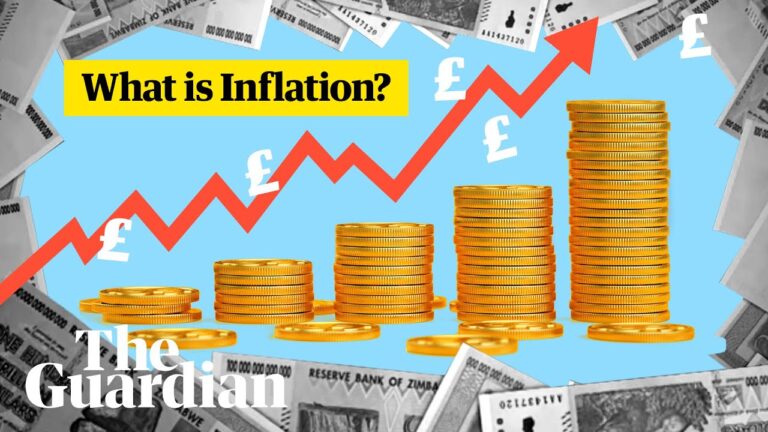“Inflation is one of the most important concepts in economics. It’s also one of the simplest. It’s just the average rate that prices are rising. A small amount of inflation is healthy for an economy – but how is it calculated and what happens when it gets out of control?” – The Guardian
Based on Public Explanation about Inflation
In economics, inflation is a general increase in the prices of goods and services in an economy.[3] When the general price level rises, each unit of currency buys fewer goods and services; consequently, inflation corresponds to a reduction in the purchasing power of money.
The opposite of inflation is deflation, a sustained decrease in the general price level of goods and services. The common measure of inflation is the inflation rate, the Annualised percentage change in a general price index. As prices do not all increase at the same rate, the consumer price index (CPI) is often used for this purpose.
What is Inflation ? Learning Video 1
Most economists agree that high levels of inflation as well as hyperinflation—which have severely disruptive effects on the real economy—are caused by persistent excessive growth in the money supply. Views on low to moderate rates of inflation are more varied. Low or moderate inflation may be attributed to fluctuations in real demand for goods and services, or changes in available supplies such as during scarcities.
Moderate Inflation affects Economies in both Positive and Negative Ways
- The Negative Effects would include an increase in the opportunity cost of holding money, uncertainty over future inflation which may discourage investment and savings, and if inflation were rapid enough, shortages of goods as consumers begin hoarding out of concern that prices will increase in the future.
- Positive Effects include reducing unemployment due to nominal wage rigidity, allowing the central bank greater freedom in carrying out monetary policy, encouraging loans and investment instead of money hoarding, and avoiding the inefficiencies associated with deflation.


